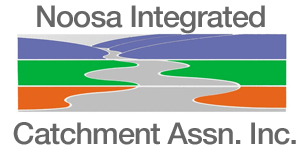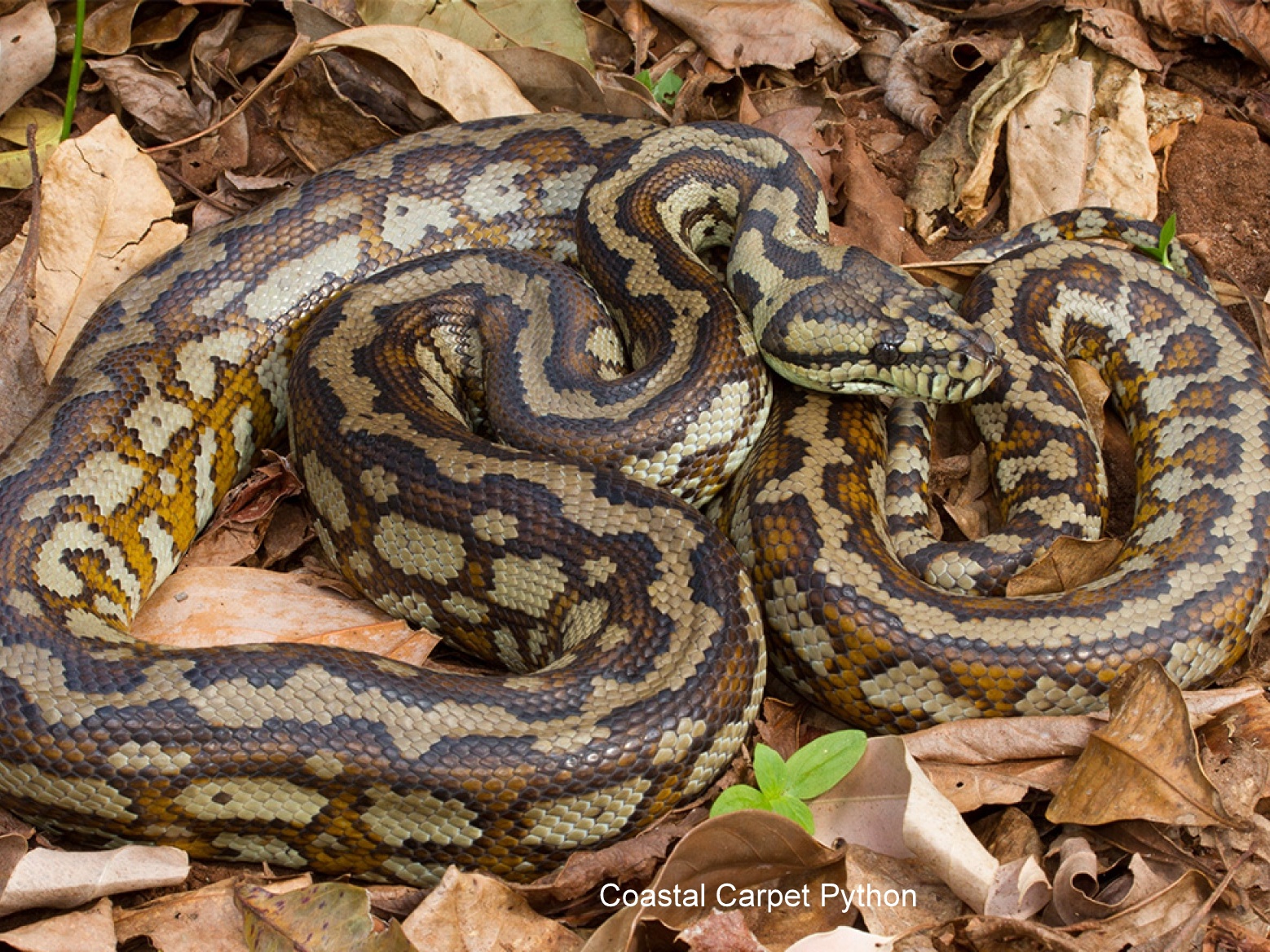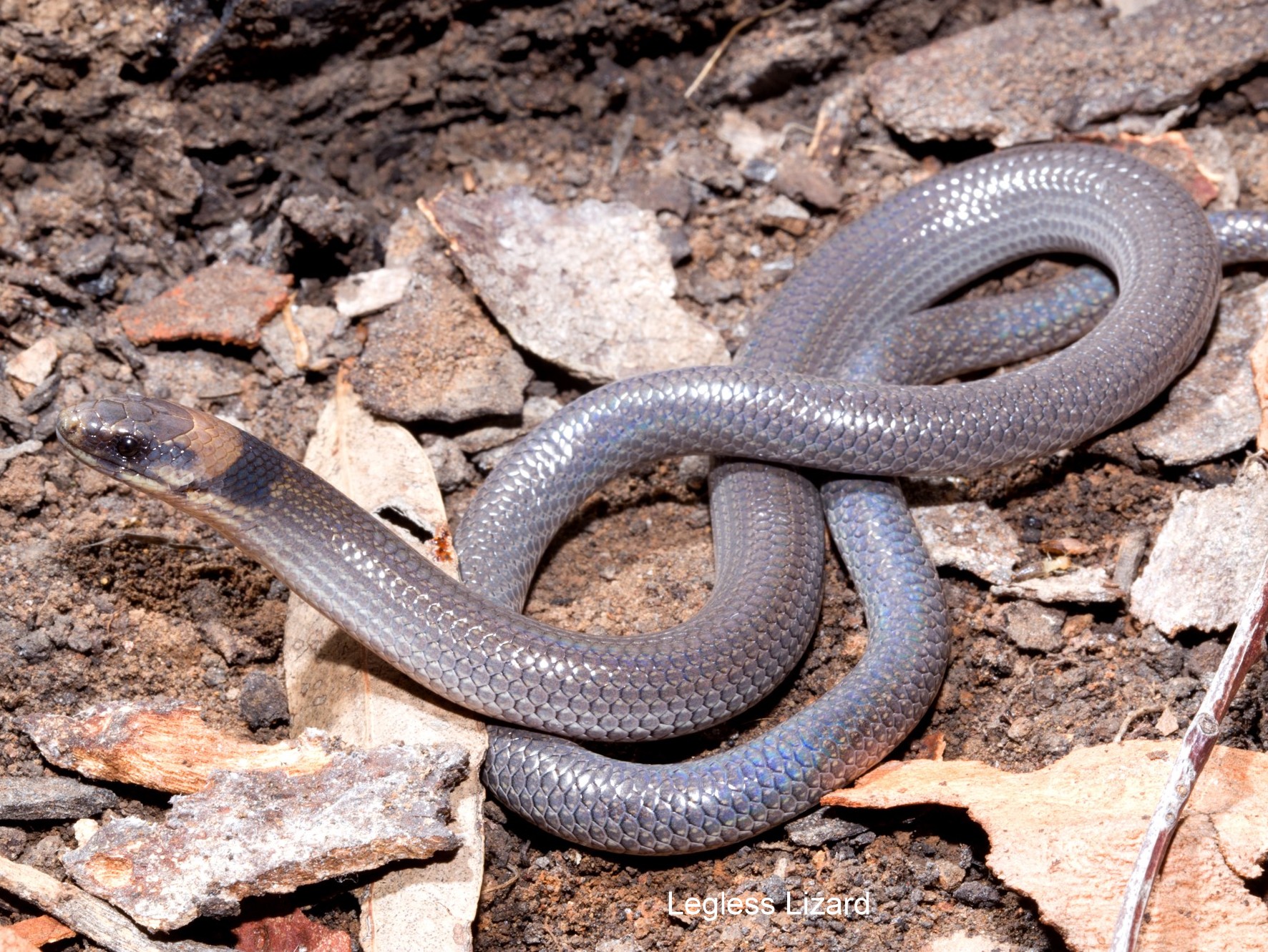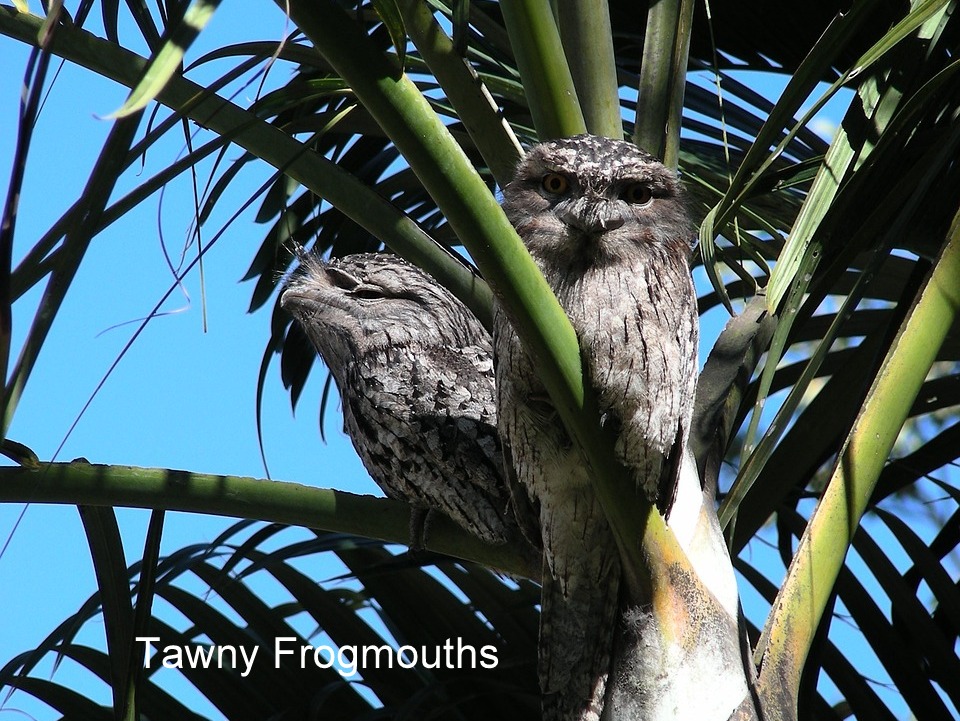Twelve months ago I moved from Keppera in Brisbane to the Noosa Shire. We loved our local pythons and other wildlife that appeared in Keperra and all the bird life that we could view every day from our back deck. We had bushland on the other side of the road, called the Keperra Saddle. There were terrific views from the top of the hill of The Gap and even Mt Warning on a good day. We lived on a steep hill, which was decomposed granite. I put in many natives including tulipwoods, a tuckeroo, paperbarks and lomandras to sop up the rain that flowed down to lower neighbours, and they all grew beautifully.
Last winter, when I moved to the Sunshine Coast, I realised that the soil and terrain here is very different from what I had in my previous home, where most things grew so well on the well drained decomposed granite. Our new property is shaded by trees on an adjoining block but there is very little shade anywhere else.
I had brought some plants with me and I wanted to plant more natives, both for shade and to provide habitat for wildlife. I also had a very high metal fence, along the back right hand side of our garden, which I wanted to screen.
Since our move, I have been watching where the sun goes over winter and summer, to get an idea of where to plant. I’ve had much pleasure from watching a tawny frogmouth that slept all day in palm fronds in the next door garden for a few months. I’ve also seen a couple of legless lizards and a snake skin but no snake yet!
I am still in the throes of renovations and have to move lots of pavers before a concrete slab can be built. I have drainage issues at the moment, like many of us I imagine, and I think there may be clay under the top layer of soil, so I needed advice for suitable local native plants that could cope with wet feet.
I recently had the pleasure of a garden visit by Michelle of Urban Wildlife Gardens. She was able to advise me about the best local native plants to grow in my very boggy back garden and encourage wildlife. The information that Michelle provided was very informative and helpful for my new challenge. It is good to know that I can attend the many other workshops and open wildlife gardens when they are provided. I also purchased the lovely book by Stephanie Haslam ‘Noosa’s Native Plants’, another great resource.
Many thanks to UWG for providing this service.
Sources of the photos below which illustrate some of the wildlife in and around Fran’s garden.
https://www.climatewatch.org.au/species/reptiles/carpet-python (by Stephen Zozaya)
https://blog.qm.qld.gov.au/2020/10/20/do-you-dig-legless-lizards/
https://pixabay.com/photos/tawny-frogmouth-frogmouth-birds-73642/
Fran Tozer





